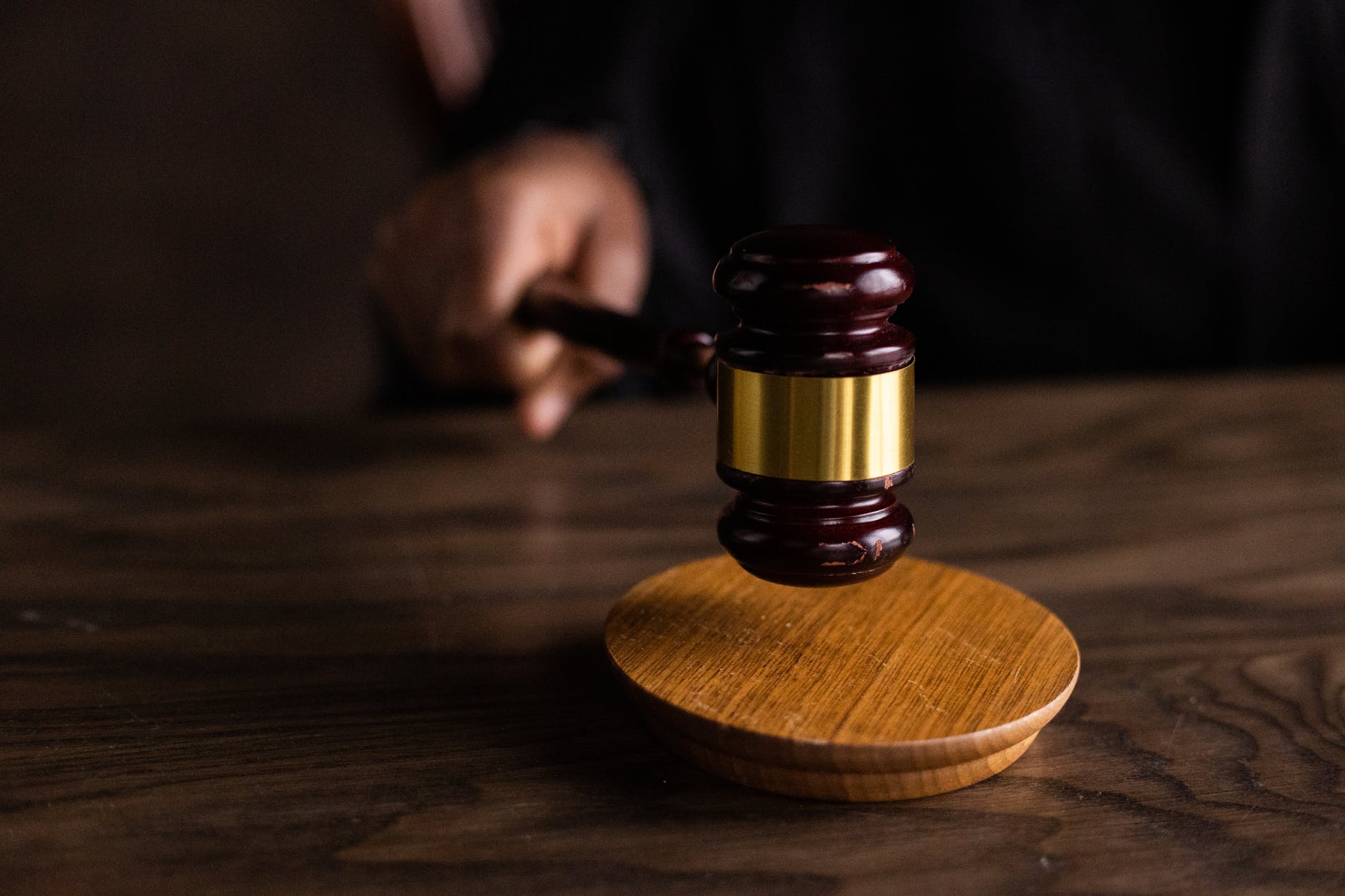Queer and genderqueer people have a long history of stigmatization and discrimination.
A little over 50 years ago, psychiatrist John E. Fryer had to where a disguise and use an alias at an APA conference to discuss being gay. He had to do this out of fear of being fired or worse, having his professional license attacked.

It would take almost another decade for homosexuality to be depathologized in the DSM of mental disorders. Up until then, homosexuality was considered a sexual disorder. Even after homosexuality was depathologized, pathological theories and treatments around homosexuality remained. Queer children were forced to undergo inhumane forms of conversion therapy in the name of science. Now we know that being gay, queer, or homosexual is about WHO YOU LOVE. Queer identities are not sexual or socially appropriated, and they never were.
But social contagion is often the erroneous argument behind every don’t say gay bill and book ban. This concept is utterly preposterous and without any evidence, yet it still remains, and such unscientific and bigoted ideas continue to be legislated upon, negatively impacting the lives of queer people, and queer kids today.
Transgender and Gender Diverse People are equally misunderstood. While being queer is about who you love, being genderqueer is about WHO YOU ARE.
Gender diversity like homosexuality has also long been sexualized by the researchers and the greater medical community. This has led to largely debunked and poorly supported sexualized models of gender diversity such as autogynophilia.
It’s only been in the last decade that the DSM has depathologized gender identity and recognized gender diversity as inherent facet of human diversity. Despite this, genderqueer people are often called “groomers” and legislated against just for being themselves. It’s utterly appalling and sad, and as a society everyone needs to know that being trans, non-binary, or genderqueer is not sexual. It never has been.
The impact of being sexualized in media and in the medical literature has a significant impact on the psyches of trans people. Because they are forced to hide their exceptional gender qualities, they sometimes express their authentic gender through sexual fantasy or acts. Freud believed that dreams and sexual fantasies represented attempts by the unconscious to resolve a wish or conflict. The wish was repressed by the ego due to shame/guilt or because it represented something unaccepted by society (Freud, 1899; Schept, 2007). This is commonly seen in early transition but diminishes as individuals proceed in their transition and become their authentic selves.
As a psychiatrist, a transgender person, and a human being I implore all of you to open your hearts to queer and genderqueer people. All we want is to be ourselves free of discrimination. We can’t do this without you.
Be an ally. Be an upstander. And stand up against discrimination in all its forms.








